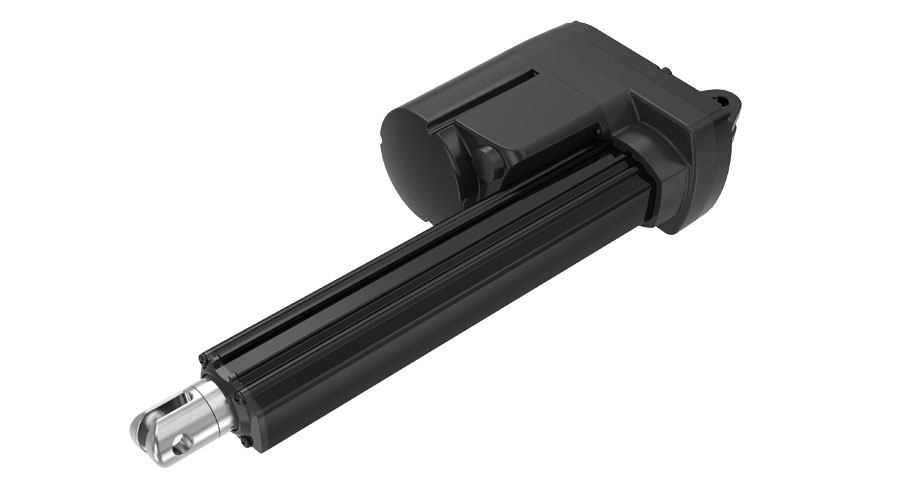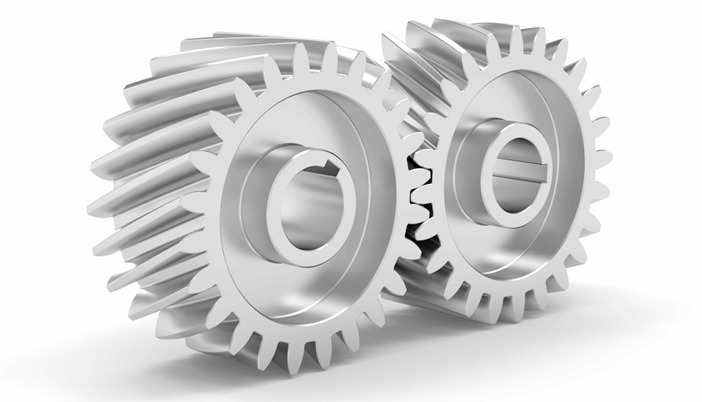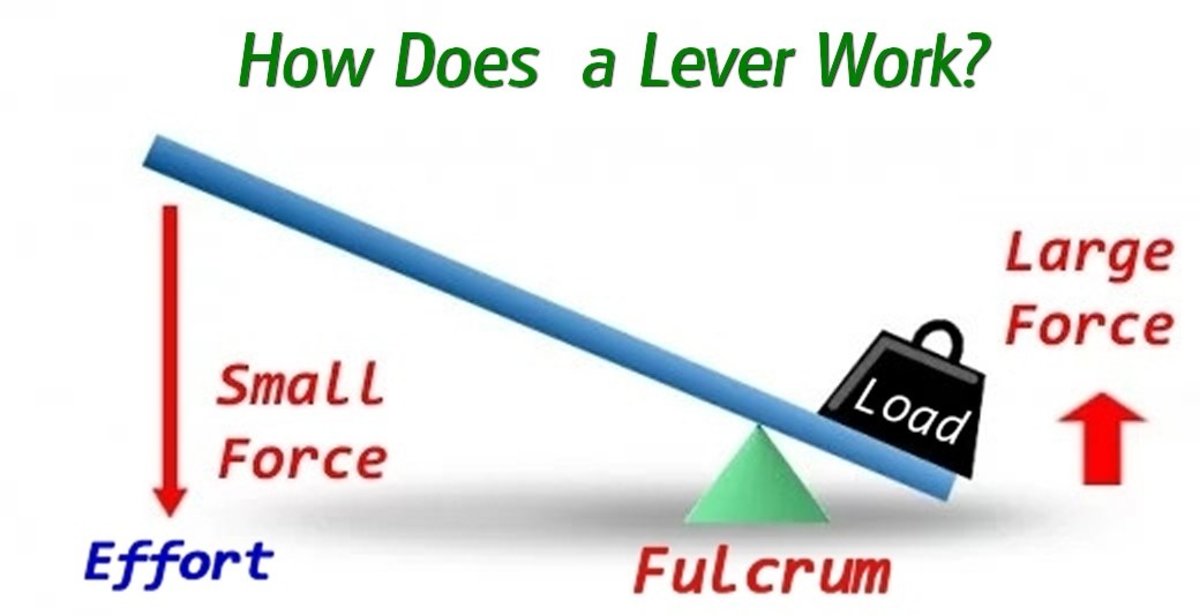Operating Principles and Mechanisms
Welcome to our blog once again. This week our class had learnt about operating principles and mechanisms of a product. We've learnt that all device, apparatus and equipment are designed based on working principles that are either mechanical, electrical, chemical or magnetism.We've learnt that all devices, apparatus and equipment are designed based on working principles that are either mechanical, electrical, chemical or magnetism.
Common devices operating principle include:
· Stream traps operate on the principle of specific gravity.
· Foil shavers works based on reciprocating motion.
· Air-lift pump (such as the one inside a coffee maker) works on the principle of buoyancy.
Mechanisms enables and enhances principles
In chemistry, mechanisms is the fundamental chemical processes involved in or responsible for an action, reaction or other natural phenomenon. In Engineering however, mechanism simply means something that transforms forces and movement into a desired set of output forces and movement.
6 Essential Mechanism in functional prototypes are:
· Stream traps operate on the principle of specific gravity.
· Foil shavers works based on reciprocating motion.
· Air-lift pump (such as the one inside a coffee maker) works on the principle of buoyancy.
Mechanisms enables and enhances principles
In chemistry, mechanisms is the fundamental chemical processes involved in or responsible for an action, reaction or other natural phenomenon. In Engineering however, mechanism simply means something that transforms forces and movement into a desired set of output forces and movement.
6 Essential Mechanism in functional prototypes are:
- Actuators
- Cams
- Gears
- Lever
- Ratchers
- Springs
1. Actuators
- Converts stored energy into motion
- Stored energy usually in the form of compressed air, electrical potention, or liquid pressure
- 3 principal types: electric, pneumatic and hydraulic
- Convert the rotation of a shaft into simple or complex reciprocating linear motion. They can be sliding or rotational pieces in a mechanical linkage
- Transmit torque and to adjust rotational velocity
- Many different types: spurs, helical, worm, planetary and bevel gears, and etc.
4. Lever
- Transmit and amplify force by fixing the input and output about a fulcrum or pivot point
5. Ratchers
- They lock in one direction, allowing them to tighten without fear of literally "going backward."
- Example: Cable ties
- Store and dissipate energy
- Many types: compression, extension torsion, plate, consdtant force and etc.
Class Activity
During the lesson, we were also tasked to design a ping pong ball launcher that can shoot and reload ping pong balls. The device also should be able to hold at least 5 balls. Here is what our group came up with:










No comments:
Post a Comment